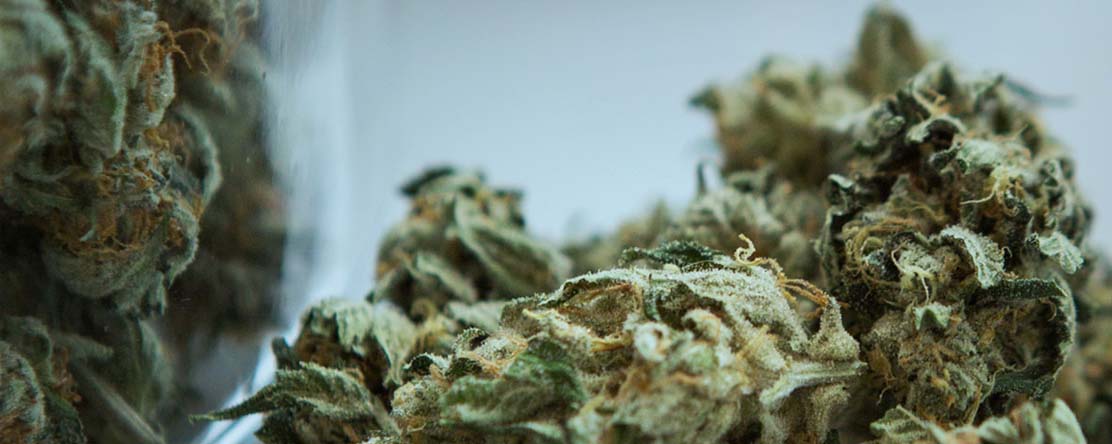
In the News
Today’s Pot Is Not Safe

Surgeon general warns of health effects on teens, pregnant women
 On Aug. 29, the U.S. surgeon general released an advisory warning about the effects of marijuana on teens, young adults and pregnant women. He was accompanied by representatives of the National Institutes of Health and of national associations of pediatricians and obstetricians, who also spoke out to combat the false perception that today’s marijuana is a healthy product.
On Aug. 29, the U.S. surgeon general released an advisory warning about the effects of marijuana on teens, young adults and pregnant women. He was accompanied by representatives of the National Institutes of Health and of national associations of pediatricians and obstetricians, who also spoke out to combat the false perception that today’s marijuana is a healthy product.
Surgeon General Jerome Adams noted, in particular, that no amount of marijuana use is safe for adolescents and pregnant women. Marijuana use by adolescents, he said, impairs learning and leads to declines in school performance and IQ and increased rates of school absences, dropouts and suicide attempts. He also warned that marijuana use also is linked to risk for early onset of psychotic disorders, such as schizophrenia. Higher doses of THC can produce anxiety, depression and psychosis. The higher the THC concentration, the greater the risks of addiction and other negative consequences.
Of course, the cannabis industry—like the tobacco industry before it—needs a steady supply of new customers. And like the tobacco industry, it is happy to play the edges of what’s true and legal to peddle its product.
In the Aug. 22 issue of SN&R, several Sacramento-area cannabis businesses placed a full-page ad that attempted to mislead the public on the impact of marijuana on adolescent brains. The ad cherry-picked a study that looked at adults who used marijuana as teens in the 1980s or ’90s, though THC concentrations have tripled since then.
The bulk of science and studies—including by the same researcher cited in the ad—overwhelmingly support the Surgeon General’s conclusion: Marijuana harms youths.
What would actually help youth?
For one thing, changing how we have used marijuana arrests and sentencing to disproportionately penalize young men of color, and making sure we don’t perpetuate that process among youth today. Ending mass incarceration for marijuana doesn’t have to mean that we close our eyes to the fact that it is a harmful product, despite having some medical uses. Nor does allowing legal sale necessarily mean letting this new tobacco-like industry make any product it can think up, no matter how dangerous or unknown its safety.
Read the full piece from PHI’s Lynn Silver in the Sacramento News & Review.
Originally published by Sacramento News & Review
More Updates


Salinas Valley Tribune: PHI’s HPI Tool Utilized to Guide Support to Arts Organizations in Under-Resourced Communities

PHI’s Dr. Lynn Silver Quoted in SacBee Editorial: Cannabis Bill Prioritizes Industry Profits Over Youth and Public Health

Hotter Weather Coming to Coachella Valley: Desert Sun Cites PHI’s Healthy Places Index: Extreme Heat Edition
Work With Us
You change the world. We do the rest. Explore fiscal sponsorship at PHI.
Support Us
Together, we can accelerate our response to public health’s most critical issues.
Find Employment
Begin your career at the Public Health Institute.
